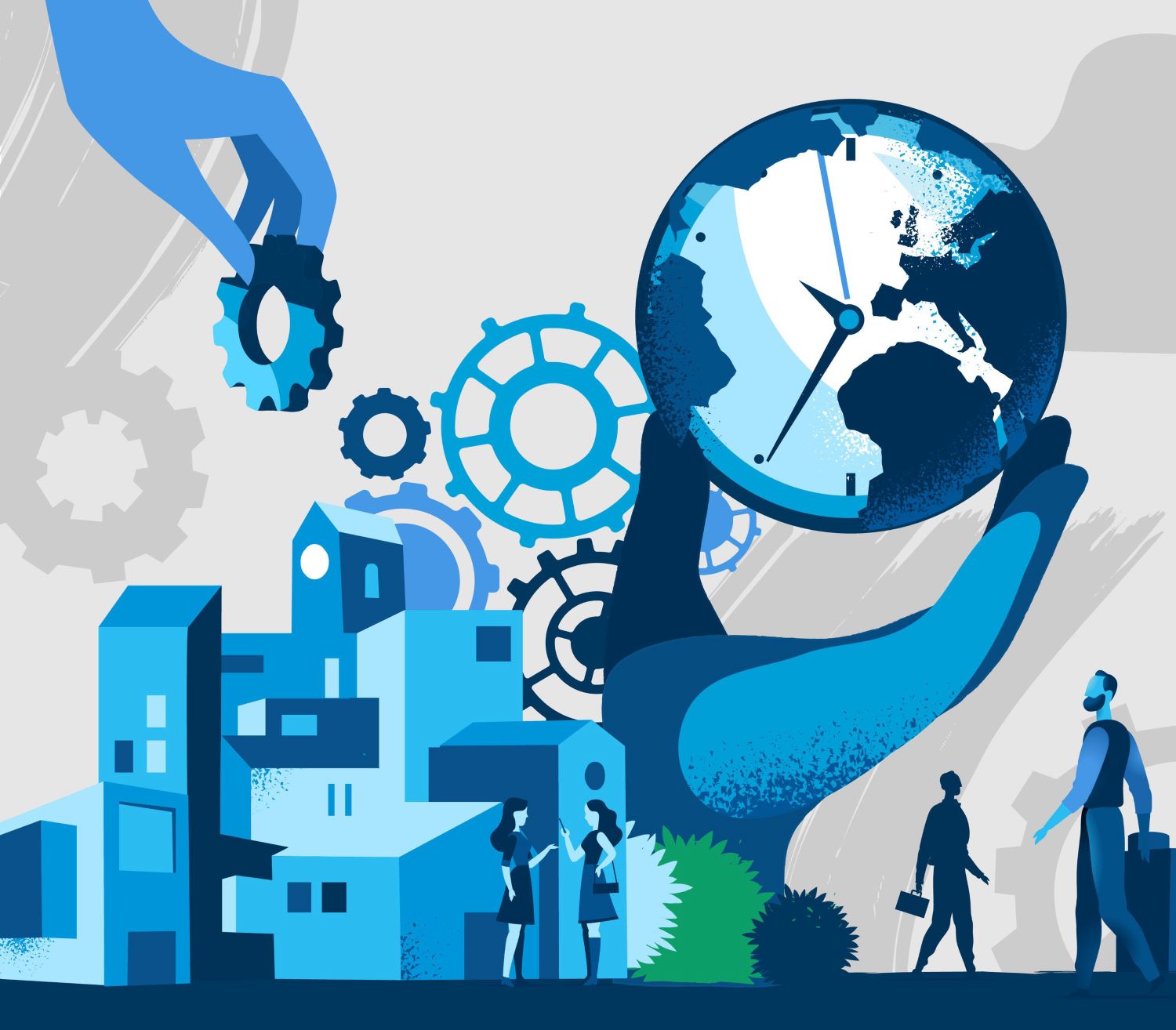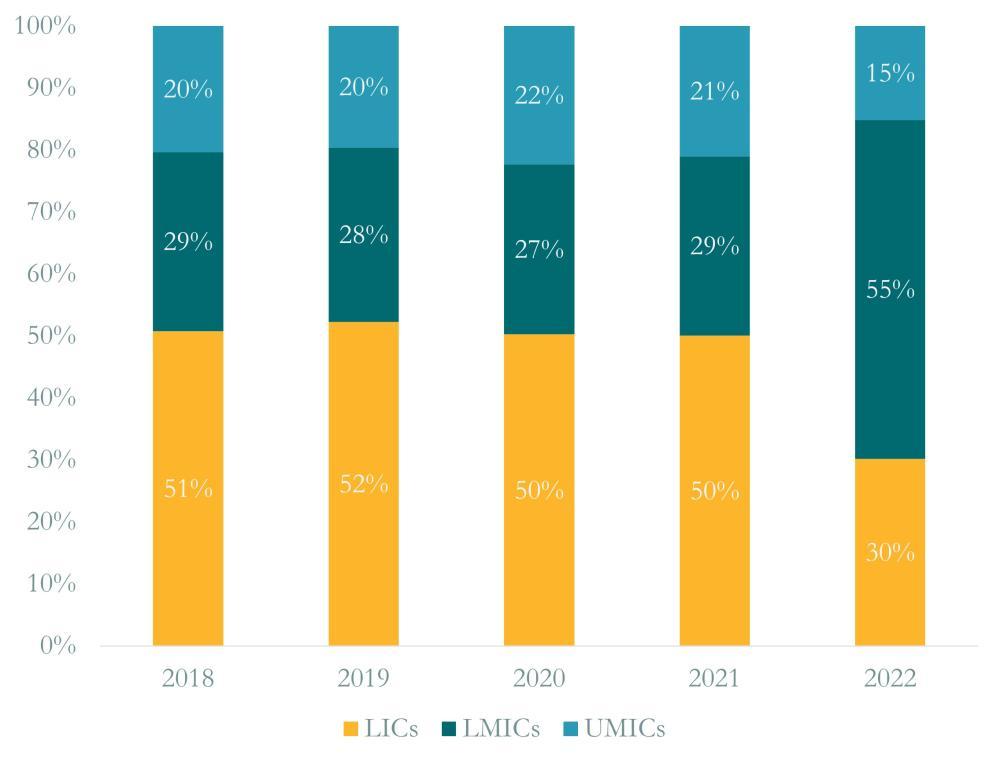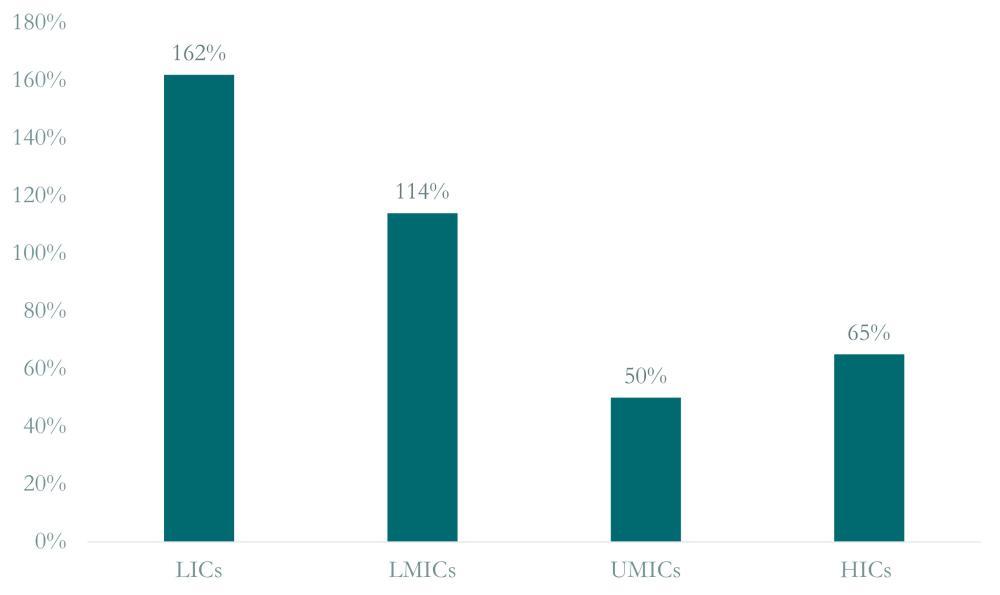Recommended
Geopolitical risks are rapidly converging, making the world more crisis-prone and precarious. Faced with a near economic collapse in some low and lower middle-income countries, the escalating devastation of climate-related disasters aggravating existing vulnerabilities, and a sharp rise in conflicts that displace people and decimate economies, financing needs in developing countries have soared. Some are faced with an impossible choice between servicing their debt and serving their people. Against this backdrop, development leaders gathered in Oslo last week for CGD’s 2023 Development Leaders Conference, co-hosted by the Norwegian Agency for Development Cooperation (Norad) and the Indonesian Ministry of Foreign Affairs, to discuss their strategies and approaches in this increasingly fragile development landscape. This blog outlines how development cooperation providers have fared over the last year; how they are responding to the different demands they are facing, and highlights some key takeaways from the candid discussions.
Aid has increased in 2022 but is inadequate to meet growing need.
The headline of past year’s provision of official development assistance (ODA)? Aid budgets are being used to firefight the world’s infernos.
Official development providers are using aid budgets to meet a broadening array of financing demands. While ODA reached a historical peak of USD204 billion in 2022, the increase was driven by decisions such as counting excess COVID-19 vaccines for developing countries, increased assistance for Ukraine, and a surge in spending on in-donor refugee costs. At the same time, assistance to sub-Saharan Africa fell by 7.8 percent. Overall, aid to lower-middle-income countries (LMICs) surged in 2022, while the poorest and fragile countries are being left behind (see Figure 1).
Figure 1: Share of DAC bilateral net ODA disbursements to country income groups, 2018-2022, USD billion
Source: OECD CRS
The escalating debt burden that numerous low-income countries are grappling with adds to the growing concern. The allocation of resources to service debt repayments has been displacing crucial investment in education and healthcare. This trend undermines the fundamental social contract between the government and its people. Furthermore, as donors increasingly shift their attention toward LMICs, humanitarian needs are rising, putting pressure budgets and system capacity. Assistance has therefore been progressively tipping towards urgent needs and protracted crises, rather than longer-term development rather than longer-term development.
Figure 2: Debt service as a share of core social spending, by income group, 2023
Source: IMF, Development Finance International
And while bilateral ODA for climate adaptation has increased over the last year, this was mainly due to an increase in concessional lending, despite the current debt crisis. In addition, mobilising private finance continues to prove challenging with just approximately USD40 billion mobilised in 2021—the lowest amount since 2017.
Last week’s discussions among development leaders showed that there is broad agreement that support for country-focused development and tackling global challenges and crises are both urgently needed. However, ODA remains grossly insufficient to do both and the reality of limited resources worsens the trade-off.
Broken promises, bifurcated approaches, and double standards have bred a wave of resentment in partner countries. Many governments and the publics in developing countries resent what they see as paternalistic instruction and coercive conditionality on the use of assistance.
Bridging aid gaps and fostering global partnerships: the way forward
Over the past few months, multilateral development banks have publicly embarked on a rethink of the system, their mandates and their resources, although execution is moving slowly. Bilateral development agencies have yet to embark on a similarly profound transformation. The key, yet unresolved questions—what aid should be used for; how to make it work better; and how to make it grow—continue to remain at the centre of our debate.
The discussions in Oslo last week commenced with a dual focus: optimizing the use of ODA and augmenting the inflow to partner countries. Many of the leaders attending voiced the view that ODA remains highly relevant. While exploring avenues to attract additional funding remains crucial, we must also prioritize improving the effectiveness of ODA without further fragmentation. These conversations underscored the importance of forging stronger partnerships among diverse providers, both traditional and emerging, particularly those who are also recipients of aid. It was acknowledged that we function as a system, and inherent power imbalances in our relationships with partner countries necessitate a shift towards placing our partners at the centre of our efforts. Trilateral cooperation emerged as a promising modality to enhance mutual learning and partnerships while being more responsive to partner demands. The significance of effective communication was emphasized, both domestically to maintain legitimacy and in engagements with all partners.
The imperatives of improved communication, building robust partnerships, and drawing lessons from development cooperation providers’ differences will continue to guide our discussions in 2024.
The authors would like to thank Samuel Pleeck for his research support.
Disclaimer
CGD blog posts reflect the views of the authors, drawing on prior research and experience in their areas of expertise. CGD is a nonpartisan, independent organization and does not take institutional positions.









